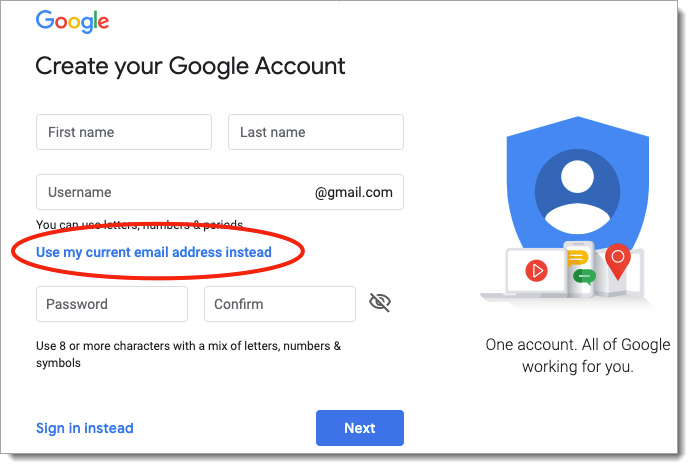CAS Google Analytics Integration and UTM Tags
UTM Tags Overview
UTM (Urchin Tracking Module) tags are a way to track traffic coming to your website from a certain platform. The main reason to use UTM tags is to track campaign performance because UTM tags can help differentiate the traffic coming from each source and medium by campaign.
There are three standard parameters that should always be used to track applicant traffic, with an additional, optional fourth parameter. Below are the definitions of each parameter that can be passed as part of the URL.
- utm_campaign is the campaign name that is targeting or sourcing applicants. Examples include webadmit%20inprogress%20Apps, ets%20prospect%20list, or empblast.
- utm_medium is the general source of the campaign. Examples include email, Banner Ad, or Pay per Click Ads.
- utm_source is the origin of your traffic. Examples include Google.com, explorehealthcareers.org, or Facebook.com.
- utm_content is an optional field. If you have multiple links in the same campaign (for example, two links in the same email), you can fill in this value so you can differentiate them.
Below is an example of a URL and how it will be applied to an embedded link in any medium. Since spaces can’t be used in a URL, the space is replaced with "%20." Tags can be written in any order, as long as they're preceded by "?".

Some best practices when creating your tags are:
- Use a consistent case. UTM tags are case sensitive, so it behooves you to make the tags easy to read and interpret. Keep the tags lowercase. You can also add spaces as long as you make sure that the format stays consistent. You don’t want to create multiple instances of a tag, like ExploreHealthCareers, Explore health Careers, and explore health careers.
- Be specific. You get what you put in with UTM parameters. If you share something on Twitter with the tag "Social_Media" as the source, you’ll defeat the purpose of your efforts. A vague tag like this won’t let you track and report on your efforts; instead, it will consider it as social media as a whole.
- Always use the full URL subdomain when building your UTM URL (e.g., https://casname.liaisoncas.com/applicant-ux/#/login).
Want to make your life easy? Use the Google UTM URL builder by going to https://ga-dev-tools.appspot.com/cam...n-url-builder/. For additional information and help, refer to these videos:
- Google Analytics for Beginners: How to track a marketing campaign: this covers what UTM tags are and how to use them.
- Google Analytics for Beginners: Tracking campaigns with URL Builder: this covers how to build a UTM tag using the URL Builder feature.
What will this do for my CAS in Google Analytics?
As you use UTM tags to direct applicants to a CAS, Google Analytics will start to aggregate data which can help determine what is or is not working to drive applicants to the CAS. For example, Google Analytics can break the data down to see if email campaigns are more successful then organic searches, or if advertising on social media platforms are driving higher traffic to the CAS.

How do I get access?
You must set up a Google account with your existing client email by navigating to https://accounts.google.com. Then click create account>For Myself.
When filling out the form, click Use my current email address instead to link your school or association email account. As a best practice, you should not create or use Gmail accounts for this purpose.

Once you have your Google account set up, you must set up a GA4 property through their analytics portal. Review Google's GA4 Analytics Set Up documentation for more information on how to do this.
Great, I have an account; now what?
Contact a member of your account team and provide them with your GA4 measurement ID for your property. The account team will ensure your ID gets added to the appropriate CAS to start collecting analytics data.
